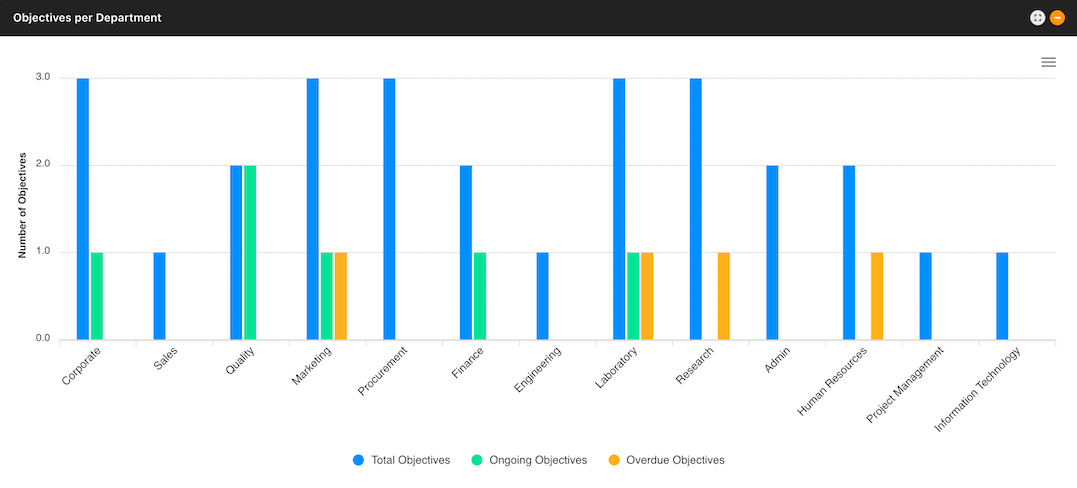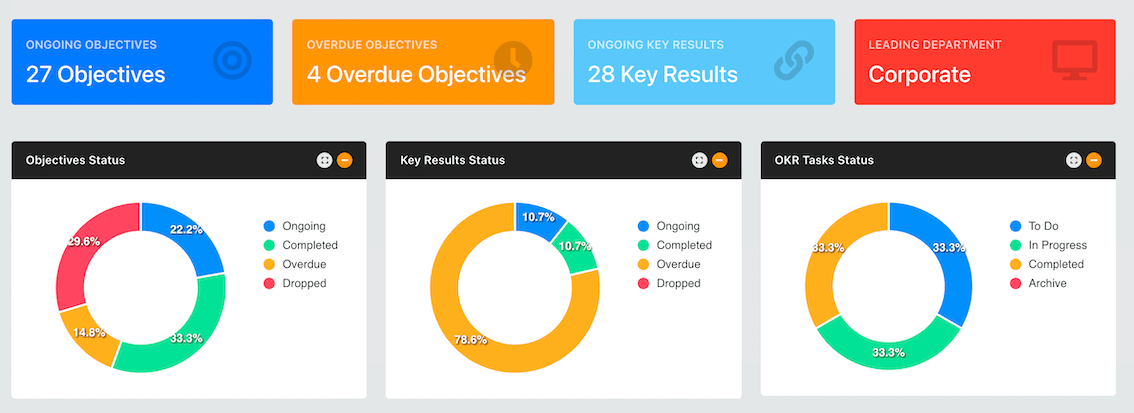One of the most important aspects of any organisation is its ability to set SMART goals and objectives and then work towards achieving them. This article will discuss how to set effective SMART goals and objectives for your organisation.
The importance of SMART goal setting
Goal setting within an organisation is crucial for success. Many people think that goal setting is simply writing down what you want to achieve, but it is much more than that. There are specific techniques and methods that you can use to set effective goals that will help you achieve your desired outcome.
In this section, we will discuss the SMART goal setting technique and how to use it to achieve your objectives. We will also look at the importance of setting objectives and how to make them effective.
So, let’s get started!
What is SMART goal setting?
SMART goal setting is a technique that can be used to set effective goals for your organisation. It stands for Specific, Measurable, Achievable, Relevant and Time-bound.
When setting goals using the SMART technique, you need to make sure that each goal is specific, measurable, achievable, relevant and time-bound. This will help to ensure that your goals are achievable and relevant to your organisation.

How to set SMART goals
To set SMART goals, you need to follow these steps:
Define Your Goal
The first step is to define your goal. What do you want to achieve? Be specific and make sure your goal is measurable.
Set a deadline
The second step is to set a deadline for your goal. This will help to ensure that your goal is time-bound.
Make your goal relevant
The third step is to make your goal relevant to your organisation. Make sure your goal is achievable and relevant to your business.
Set a measurable goal
The fourth step is to set a measurable goal. This will help you to track your progress and make sure you are on track to achieve your goal.
Create a plan of action
The fifth step is to create a plan of action to achieve your goal. This will help you to stay on track and make sure you achieve your goal.
The SMART goal setting technique is a great way to set effective goals for your organisation. It is important to remember that your goal should be specific, measurable, achievable, relevant and time-bound. When setting your goal, make sure you follow these steps to ensure that it is SMART.
The different types of goals
These are the different types of goals that you can set within an organisation:
- Business goals
- Functional goals
- Process goals
- Output goals
- Behavioural goals
- Strategic goals
- Business goals: These are high-level goals that relate to the overall success of the organisation. They may be financial or non-financial in nature, and may include things such as increasing market share, improving customer satisfaction, or becoming more efficient.
- Functional goals: These are goals that relate to individual functions or departments within the organisation. They may be financial or non-financial in nature, and may include things such as increasing sales, reducing costs, or improving customer service.
- Process goals: These are goals that relate to the overall process or workflow within the organisation. They may be financial or non-financial in nature, and may include things such as reducing cycle time, improving quality, or increasing throughput.
- Output goals: These are goals that relate to the end result of the process. They may be financial or non-financial in nature, and may include things such as increasing revenue, reducing expenses, or improving customer satisfaction.
- Behavioural goals: These are goals that relate to the behaviour of employees within the organisation. They may be financial or non-financial in nature, and may include things such as increasing productivity, reducing absenteeism, or improving customer service.
- Strategic goals: These are goals that relate to the overall strategy of the organisation. They may be financial or non-financial in nature, and may include things such as increasing market share, improving customer satisfaction, or becoming more efficient.
How to set effective goals and objectives with OKR Software
Define what you want to achieve. The first step is to define what you want to achieve. What are the organisation's overall goals? What are the specific goals for each department? Break the organisation's goals down into specific, measurable, achievable, relevant and time-bound objectives.
You can then use Skhokho OKR app to record these objectives:

You can see the objectives plotted per department, you can view overdue objectives, to remind you when you are falling behind with meeting your targets.
Read more on on the OKR objectives in our documentation here: https://skhokho.io/documentation/okr/
Create a goal hierarchy Create a goal hierarchy to help you prioritise and track progress. The top-level goal is the overarching goal that you are trying to achieve. Underneath that are the specific goals that need to be achieved in order to achieve the top-level goal. These is why Skhokho uses OKR framework, key results are designed to be milestones or little objectives that are required to achieve the high level objective.
Set a timeframe for each goal Make sure each goal has a timeframe associated with it. This will help to ensure that the goal is actionable and that everyone is aware of the deadline. Every objective must have a start date and end date. Avoid moving the due date as its approaching and you realise you won’t see the targets.
Skhokho OKR Software allows for time adjusting in the high level objective, but does not allow one to edit key results, once the user starts working on them.
Make each goal measurable Make sure each goal can be measured so that you can track and assess progress. Skhokho Key Results allow for measuring of key results metrics and regular reporting as you make progress.

Make each goal relevant to the organisation Make sure each goal is relevant to the organisation's mission and vision.

Assign responsibility for each goal Assign responsibility for each goal to specific individuals or departments. This will help to ensure that everyone is aware of their role in achieving the goal and that there is a clear line of accountability.
Create a action plan for each goal. This will outline the specific steps that need to be taken in order to achieve the goal. Use the OKR tasks to identify tasks you need to complete in order to push forward you key results.
Review and revise your goals Review and revise your goals on a regular basis. This will help to ensure that they are still relevant and achievable. With the skhokho OKR app, you can review all your goals in real-time. Use the metric reporting system to to view the progress based on the target, decide if interventions are needed
Get Started with Skhokho OKR software
You can get started with our free 14 day trial today and start recording your goals and objectives online:









